Original text by Marina Belova
If one examines closely all the information on the subject of machine embroidery on the Web, one could notice that nearly half of it concerns creating and embroidering the designs on baseball caps. You can read so many things about them that one can but marvel how open people are about their work, how they just go ahead and share their experience with others. Therefore, I abandoned embroidery with sequins for a while. After all, a not very successful experiment must work itself out in my head. So I decided to turn my attention to caps instead. All the moreso, I've already begun to take steps in that direction.
There are more that a few places for embroidery on baseball caps. Traditionally they are as follows:
- front panel
- back panel under strap
- side
- peak
- on the strap that serves to regulate the cap size
From all appearances, one should approach embroidery on baseball caps from afar. First, you need to find out what types of caps are in existence, and what are the key differences between them.
Surprisingly, it turned out that there is a huge variety of caps in the world. It is because I myself don't wear them, I've remained in the dark until now. But when you start working with them, this kind of knowledge will be of great importance not only for hooping, but for choosing the right kinds of needles and stabilizers, and creating the designs as well.
Caps differ in the number of panels of which they consist. The most popular is the 6-panel cap with a seam at the front. But at the same time it is the hardest to embroider because of that seam.
This is how it looks from the side:

This is how it looks from the front:
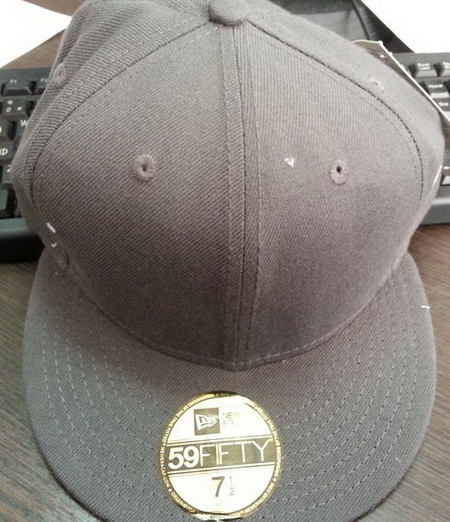
Some 6-panels are easier to embroider. They differ from the traditional cap in that the panels on it are twisted, and there are 2 seams at the front — to the right and to the left from the center:
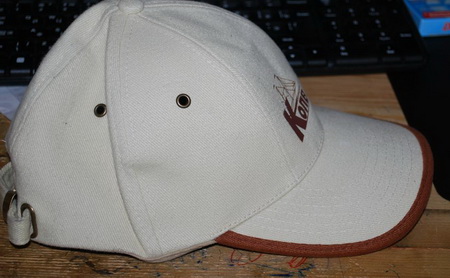
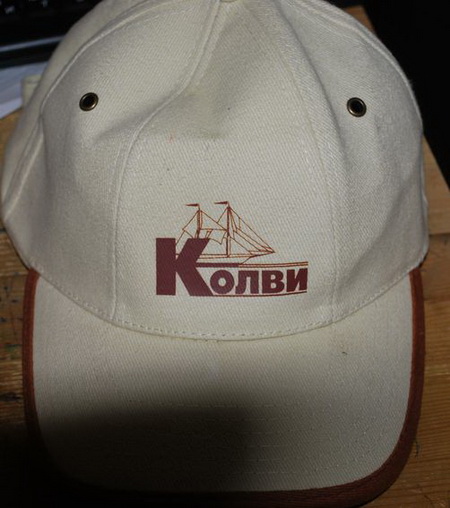
This type of 6-panel is preferable because most of the designs are embroidered in the center so that if its size is not big, nothing will prevent it from being embroidered correctly.
But the easiest to embroider is a 5-panel cap with 2 front panels joined into one so that there is no seam, so inconvenient for embroidery.

All of the caps have a sweatband on the underside, which helps to join the panels together, and that is usually being folded back and out of the way during the embroidery so that it does not get stitched.
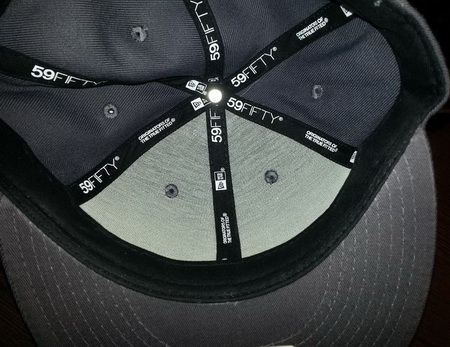
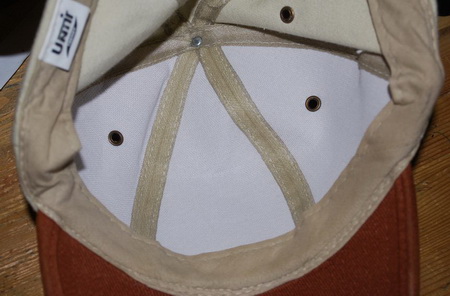
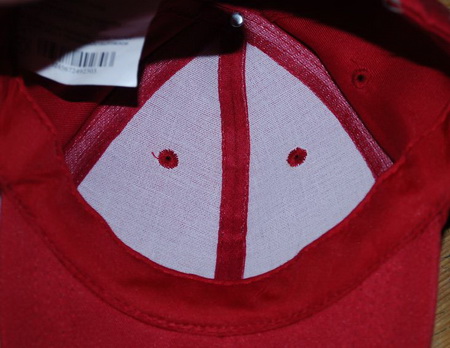
Some caps are also reinforced from at the front with the help of special materials (you can see that on the photo above). Such a material can be hard or soft. Some models don't have any reinforcement and don't have anything on the underside except for the band tying the panels together.
One should also pay attention to the thickness of the seams between the panels. Some of them are so thick that you don't know how to embroider on them at all.
Additionally, the caps differ from each other by the look of their back side, where the adjustment strap is located. Some models don't have any strap at all.
An embroiderer should pay close attention to the cap height. There are the following types:
- High-profile caps are the easiest to hooping. The gray cap on the very first photo is an example.
- Mid-profile caps — see the second beige cap in this article.
- Low-profile caps can be seen in the photo below:
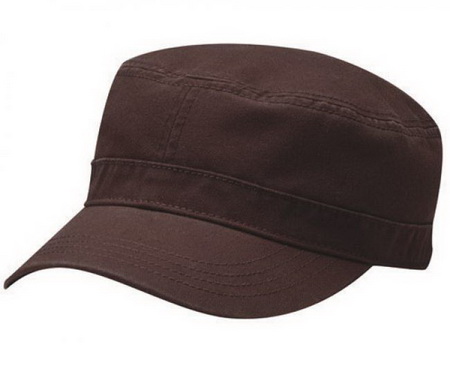
I've even read that the low-profile caps call for the special hooping devices that are of a lesser height than the ordinary ones. But I haven't seen any of such frames — the ones that come with the machine are almost of the same in height.
Besides the cap appearance, you should also look at the fabric of which the cap is made. A variety of materials can be used, from the hard and coarse ones to the soft and stretchy. There are caps made of woven fabrics (cotton, linen, polyester, wool and so on), including knitwear, and even fabrics with the padding, and the ones made of non-woven fabrics (leather and its substitutes). The surface can be smooth or piled (velvets, velours).
All of these parameters will determine how to work with baseball caps. After all, not everyone has the possibility of embroidering on the cap parts prior to sewing them up, there are occurrences when you have to embroidery on the ready item.
Edited by Irina

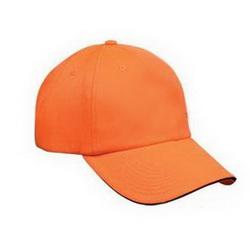
There are no reviews to display.